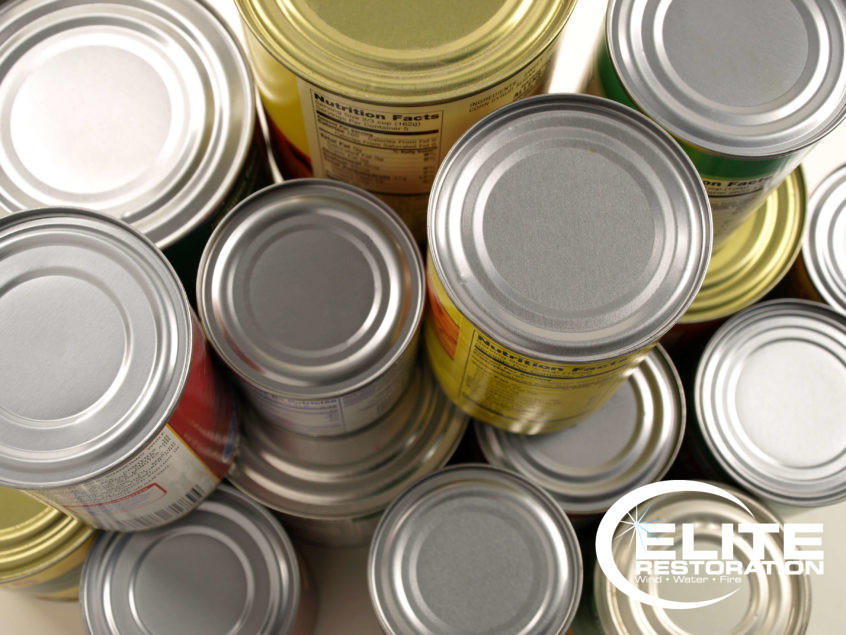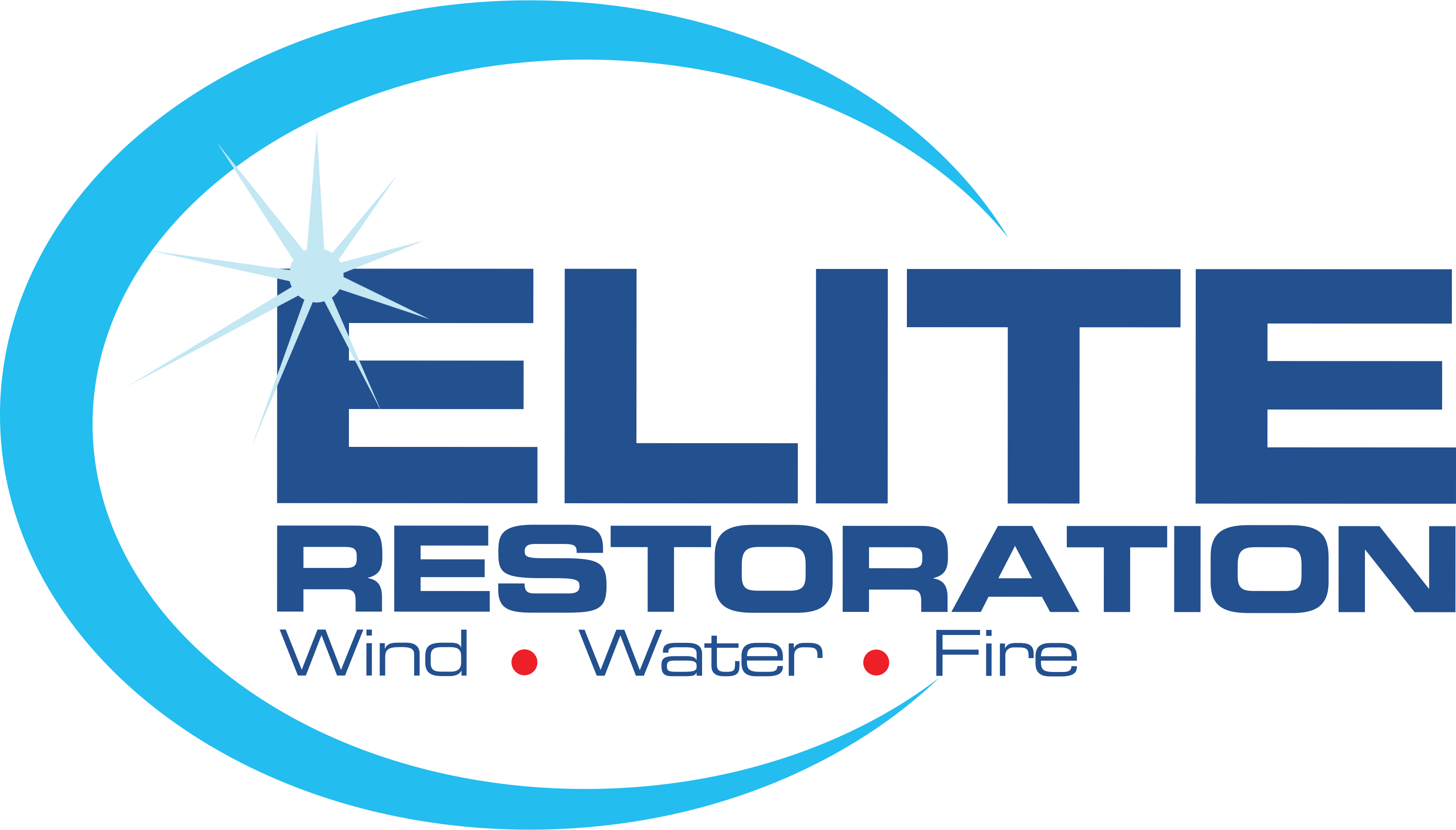10 Emergency Supplies Every Home Should Have

Whether it’s a flood, famine, or fire, emergencies can take us by surprise. It could be a small house fire that’s quickly put out but costs you thousands in restoration, or it could be the evacuation of an entire area due to a natural disaster. Then there are circumstances that may not be classified as an emergency, but that we may find ourselves unprepared for, such as a temporary city-wide water shut off due to contamination or a planned power outage on your block.
To help be better prepared for anything that comes our way, here’s a list of emergency kit must-haves that every family should have in their homes on stand-by for those just-in-case scenarios.
- Water. The National Safety Council (NSC) suggests having one gallon of water per day for each member of the household, for a minimum of 3 days. For example, if you’re a family of four, you’ll want to have 12 gallons of water. This water is of course for drinking, but you may want to have a few extras on hand for cooking.
- First Aid Kit. A first aid kit specifically for your emergency kit is a must. Make sure it’s stocked with bandages, antiseptic wipes, over-the-counter medicines (like acetaminophen, aspirin, or ibuprofen), extra prescription medication for family members that require it, tweezers, scissors, and non-latex gloves. There are plenty of other great items to keep in your first aid kit, but the ones listed are basic ones to start your kit off. You can also purchase a fully-stocked first aid kit (like this one) online or in most retail stores.
- Canned Foods. Canned beans, veggies, fruit, tuna fish, and quick meals like chili, soup, or ravioli can be a life-saver in the event of an unplanned power outage (some can last for days!) or if a natural disaster prevents you from being able to get to a grocery store. Most canned foods can be eaten directly from the can, but some (like the quick meals) taste better if warmed up, so keep this in mind if you’re a picky eater. Speaking of canned foods…
- Can Opener. If you store canned foods in your emergency kit, don’t forget this item. Even if you only buy the pop-top cans, have a can opener on hand in case the ring pull breaks off. (Gadgets like this exist too, but a good, old-fashioned can opener is really all you need.)
- Dining & Cookware. It may seem excessive in the moment, but unless you’re in a truly desperate situation, you’ll probably want something to eat that chili with besides your fingers! Cheap and reusable cups, plates, bowls, and eating utensils are wise investments for an emergency kit. So is a basic pot and pan, as is a kettle for boiling water in.
- Flashlights & Extra Batteries. Have at least two flashlights, in case one breaks or gets lost. Remember extra batteries for both – double or triple what the flashlight requires – and be sure to make sure you have the right kind for your flashlights.
- Blanket. Having a good all-purpose blanket like this one are a great investment – you can pick one up for around $20! Be sure to have one for each family member. If you can’t fit that into your moment, you can also purchase decent ones like this for around $5.
- Toilet Paper. Trust us. You’ll want it. Don’t forget a few garbage bags, and maybe even a bucket! Survival may not always be fun, but you can try to make it at least a little better, right? Have at least two rolls per family member.
- Battery Operated Radio. In case you’re unable to charge your phone, you may want to have a small, battery-operated radio on hand to stay current on weather updates. Don’t forget the batteries!
- Entertainment. Being in literal survival mode can be stressful, scary, and emotional, but that doesn’t mean you won’t ever get bored! Consider adding in a copy of a favorite book, some playing cards, a crossword puzzle collection, a coloring book, and some crayons.
A few more tips before you go!
- Keep your emergency kit in an easily accessible area. This will come in handy if a quick evacuation is necessary.
- Keep items that don’t easily fit in your kit, such as gallon jugs of water, nearby so that everything is together.
- While canned foods are great, remember to have other non-perishable foods like trail mix, fruit leather, peanut butter, and granola bars in your kit too. These also don’t require cooking, which is a plus and could end up saving you some money and space in your kit.
- If you’re a caffeine addict, don’t forget that instant coffee!
- Depending on the risks pertaining to the area you live in, you may want to visit a local camping or survival store and ask the employees there for additional tips. Local stores like A Happy Camper in Twin Falls are great resources and sell everything you could ever want for your emergency kit!

